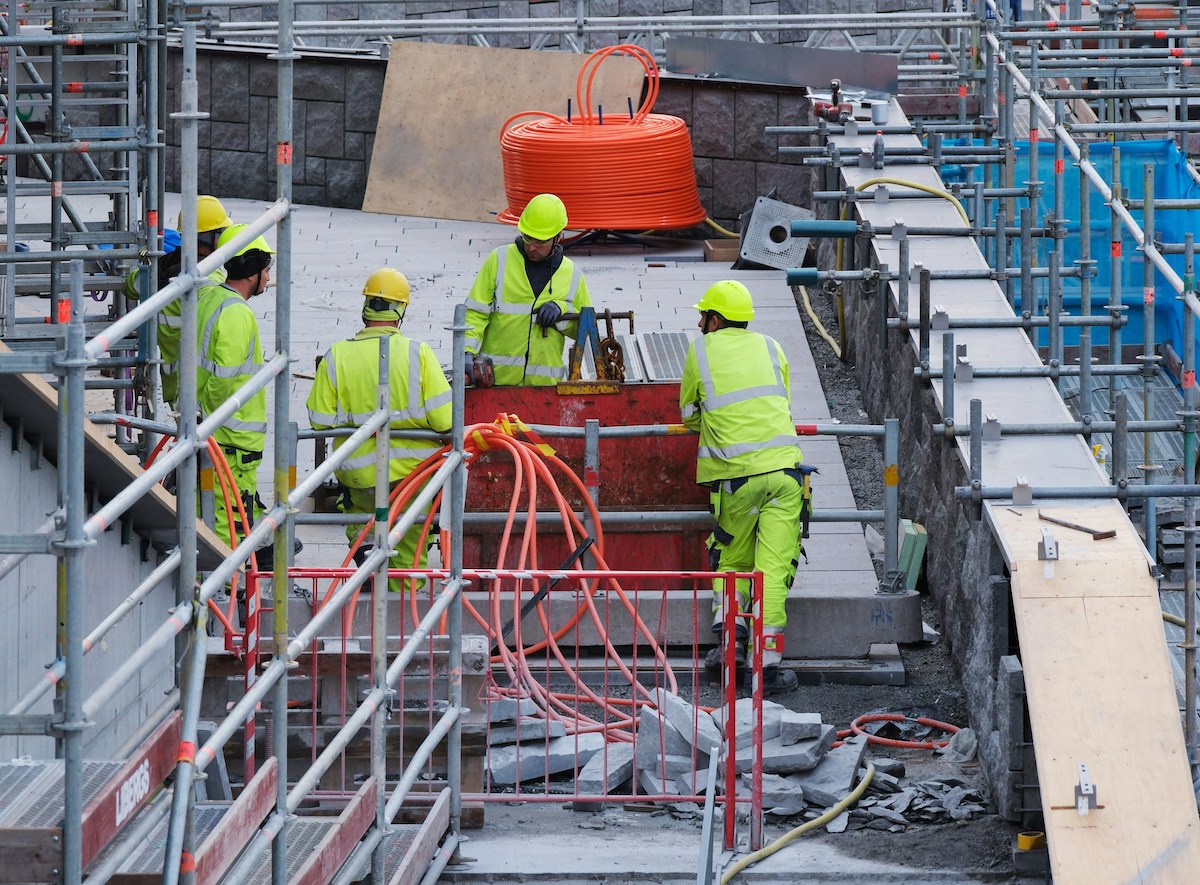CCA report: Sector faces mixed economic prospects
Fall data shows material costs, policy developments and more shaping construction prospects.

Key Takeaways:
- Canada’s economic activity growth slowed slightly by 0.01 per cent during the second quarter of 2024, with GDP increasing by 0.5%.
- In August, inflation dropped to 2%, reaching the Bank of Canada’s target for the first time since 2021.
- The industry contracted during the second quarter of the year, driven by another significant downturn in residential construction.
- During the second quarter of 2024, the Industrial Product Price Index (IPPI) rose by 2.6%,while the Building Construction Price Index (BCPI) increased by 1.1%.
- Even with a rising population, sector growth, and higher energy consumption, emissions per capita from energy and material use have declined. This reflects improved efficiency and the wider adoption of sustainable practices.
The Whole Story:
The Canadian Construction Association’s Fall 2024 Construction Quarterly report presented a nuanced outlook for the construction industry, shaped by a mix of economic moderation, material cost shifts, and significant policy developments. Key insights from the report revealed both growth areas and challenges, reflecting broader economic conditions and the sector’s adjustments to evolving market demands.
Economic Performance and Monetary Policy Shifts
Canada’s economy saw modest growth in the first half of 2024, with GDP increasing by 0.5% in the second quarter. This slight expansion has led to decreased inflation, reaching the Bank of Canada’s 2% target by August, prompting three successive interest rate cuts. The Bank of Canada’s overnight rate now stands at 4.25%, and further cuts are anticipated, potentially stimulating new investment across sectors, including construction.
Construction Sector Dynamics: Residential Weakness, Engineering Resilience
The construction industry contracted in the second quarter due to a significant downturn in residential construction, down 1.9%, while engineering construction saw a positive uptick, continuing its post-pandemic growth. Non-residential construction, on a 10-quarter streak of increased investment, grew 2.2%, supported by multi-residential developments and institutional projects. However, sectors such as commercial and industrial construction showed some declines.
Material Costs and Greenhouse Gas Emissions
Material costs have started to stabilize, with price indices reflecting lower increases than those during the pandemic. The Industrial Product Price Index rose by 2.6%, and the Building Construction Price Index saw a 1.1% increase, mainly driven by energy products and non-ferrous metals. Greenhouse gas emissions per capita in the construction sector have trended downward due to efficiency improvements and increased adoption of sustainable practices. However, sector-wide emissions rose with overall industry growth, particularly in energy use for transportation and heavy machinery.
Labour Market Pressures and Regional Variations
Labour conditions in the construction industry remain tight despite a slight employment dip in the second quarter. Approximately 18,400 jobs were lost, with Ontario seeing the largest reduction. Yet, provinces like Quebec and B.C. reported gains, showcasing regional employment disparities. The industry’s unemployment rate rose to 5.7% but remains below historical averages, underscoring steady demand for skilled labour amid continued infrastructure projects and multi-residential developments.
Looking Ahead: Economic and Policy Implications
The outlook for the remainder of 2024 is cautiously optimistic. As interest rates potentially decline further, borrowing conditions for construction projects could improve, fueling growth across multi-residential and non-residential construction. However, concerns over labour shortages and geopolitical uncertainties, particularly related to U.S.-Canada trade dynamics and international conflicts, present ongoing risks. Political developments, such as potential changes in Canada’s legislative landscape and the upcoming U.S. elections, may also influence construction supply chains and market stability.
The report suggests the construction industry is well-positioned to benefit from a stabilized economy and reduced borrowing costs, though challenges remain in meeting labour demands and managing cost pressures.
